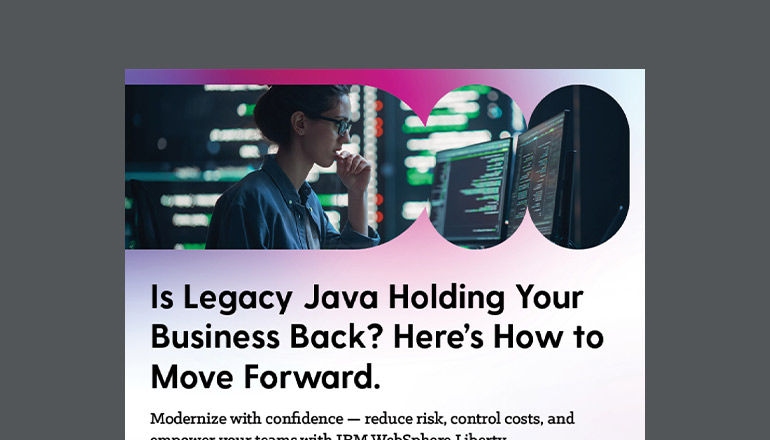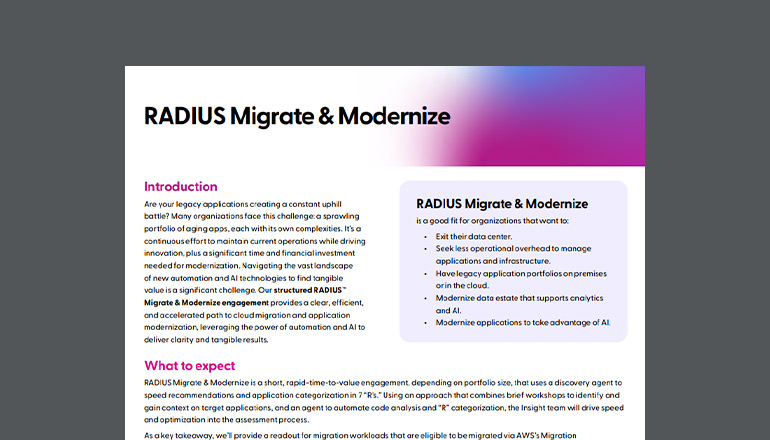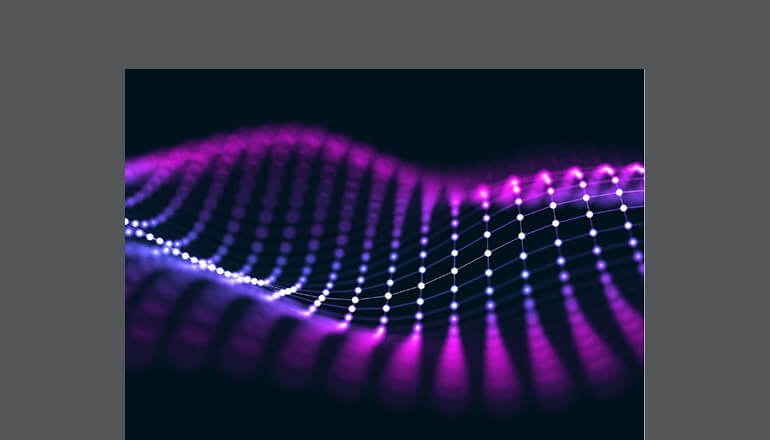Client story Design System Unifies User Experience and Boosts Speed
Learn how creating a design system and brand consistency helped this client spin up applications quickly while also delivering a consistent user experience.
By Insight Editor / 3 Apr 2019 / Topics: Application development

Facts at a glance
Client industry:
Beverage
Size of company:
182,900+ employees
Challenge:
The client needed to spin up applications quickly while also delivering brand-compliant visuals and a consistent user experience.
Solution:
- Globally distributed design system
- Centrally defined user experience
- Template source code
Results:
- Consistent brand visuals and experiences across new apps
- Faster time to market
- Improved collaboration and knowledge
- Time and cost savings
Solution area:
Insight’s Digital Innovation solutions help clients incorporate emerging tech into their business operations to improve the customer experience.
When it comes to a brand, employees and customers expect consistent experiences. From the layout of a menu to the effect of a hovering mouse over a button, these details shape brand familiarity and impact usability. But without proper guidelines in place, delivering consistent experiences becomes hit or miss.
An alcoholic beverage conglomerate with product teams and contractors dispersed around the world faced that challenge. While its teams were deploying new applications at a high velocity, irregularities continuously bubbled up — slowing delivery and diluting the brand.
A lack of clearly articulated global visual language and standards led to duplicated efforts, reduced startup velocity and reliance on "tribal knowledge."
A need for brand consistency
Management realized the company’s brand guidelines, which set the standard for its visual identity, fell short of the design minutia required by its technical design and development teams. The company’s experience design toolkit and brand standards didn’t include digital elements, such as menu placement, button interactions or other specifications, for easy reference.
A lack of clearly articulated global visual language and standards led to duplicated efforts, reduced startup velocity and reliance on “tribal knowledge.” With every development project, different developers spun up their own development environments from scratch — creating inconsistent user interface approaches and a lot of wasted effort recreating code.
Building a design system
Over a span of 22 weeks, Insight’s Digital Innovation team worked with a product owner at the beverage company to develop a global design system in an Agile framework.
The design system serves as a single source of truth for the brand. It encompasses a holistic and detailed set of brand guidelines, from the brand philosophy and principles to components for web and native user interfaces. This ensures all applications have the same look and functionality for a consistent User Experience (UX).
The system also speeds development for the client’s design teams by providing a templated, packaged code framework. This gives designers the basic ingredients to quickly begin developing a new application.
Insight worked closely with the client to land on the most appropriate technology stack for its needs. We helped the company build a UX stack comprised of Sketch, InVision and Abstract. Additionally, the client decided on a development stack with Azure DevOps, Wordpress, Synfusion, Xamarin, Android Material Design and iOS standards.
Continuous results
Our work with the company resulted in a design system with clear but flexible standards, allowing globally distributed development teams to create a range of internal apps while adhering to a centrally defined brand.
The return on investment is ongoing, driven by increased speed to market, enhanced product value, and greater collaboration and knowledge sharing between teams — and less time and money wasted.
Creating a design system gave the company a shared visual language to develop consistent experiences across applications and geographies.
Creating a design system gave the company a shared visual language to develop consistent experiences across applications and geographies.
Already experiencing significant wins from the design system, the client is committed to another phase of development to extend the solution further.



